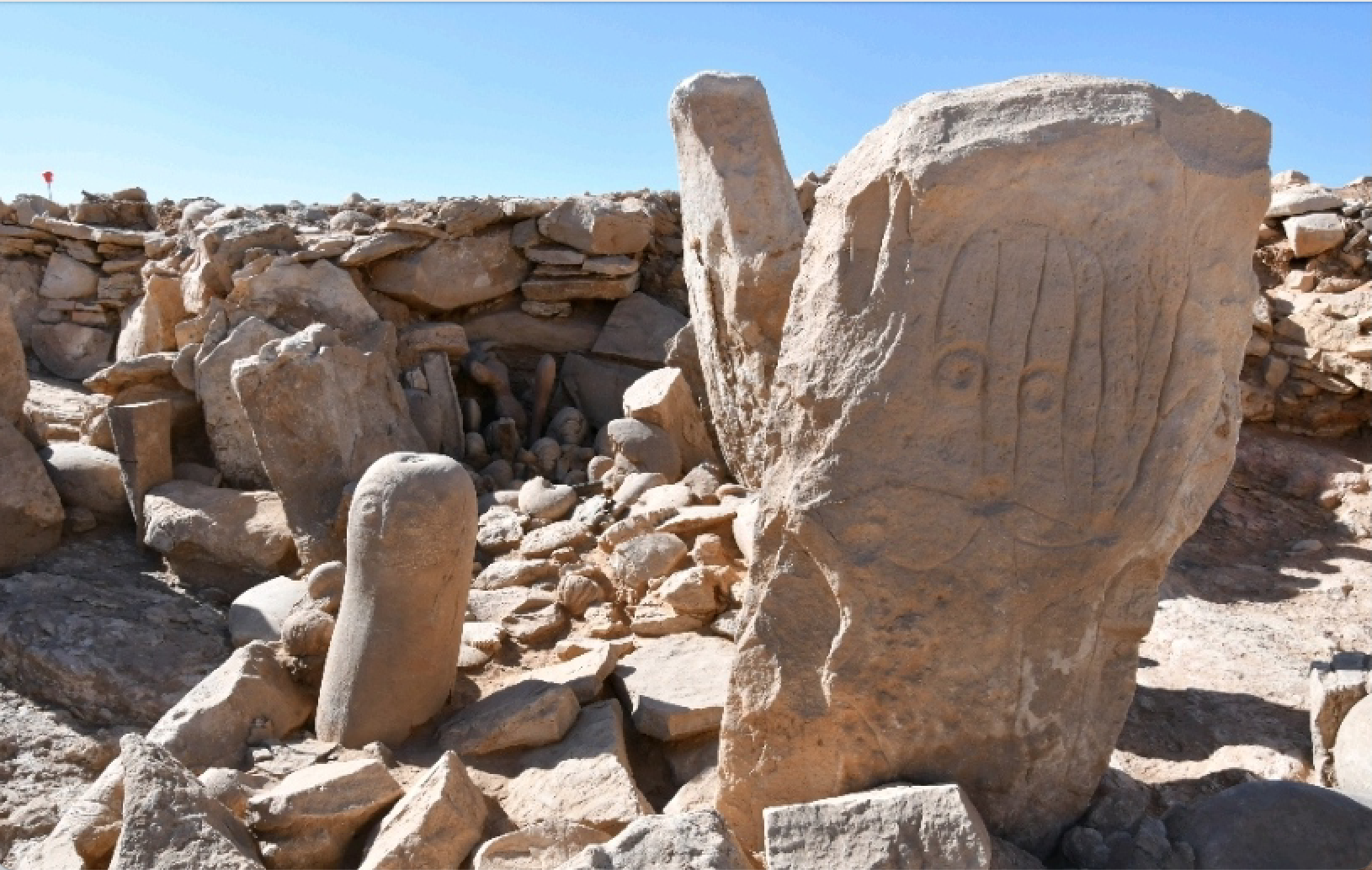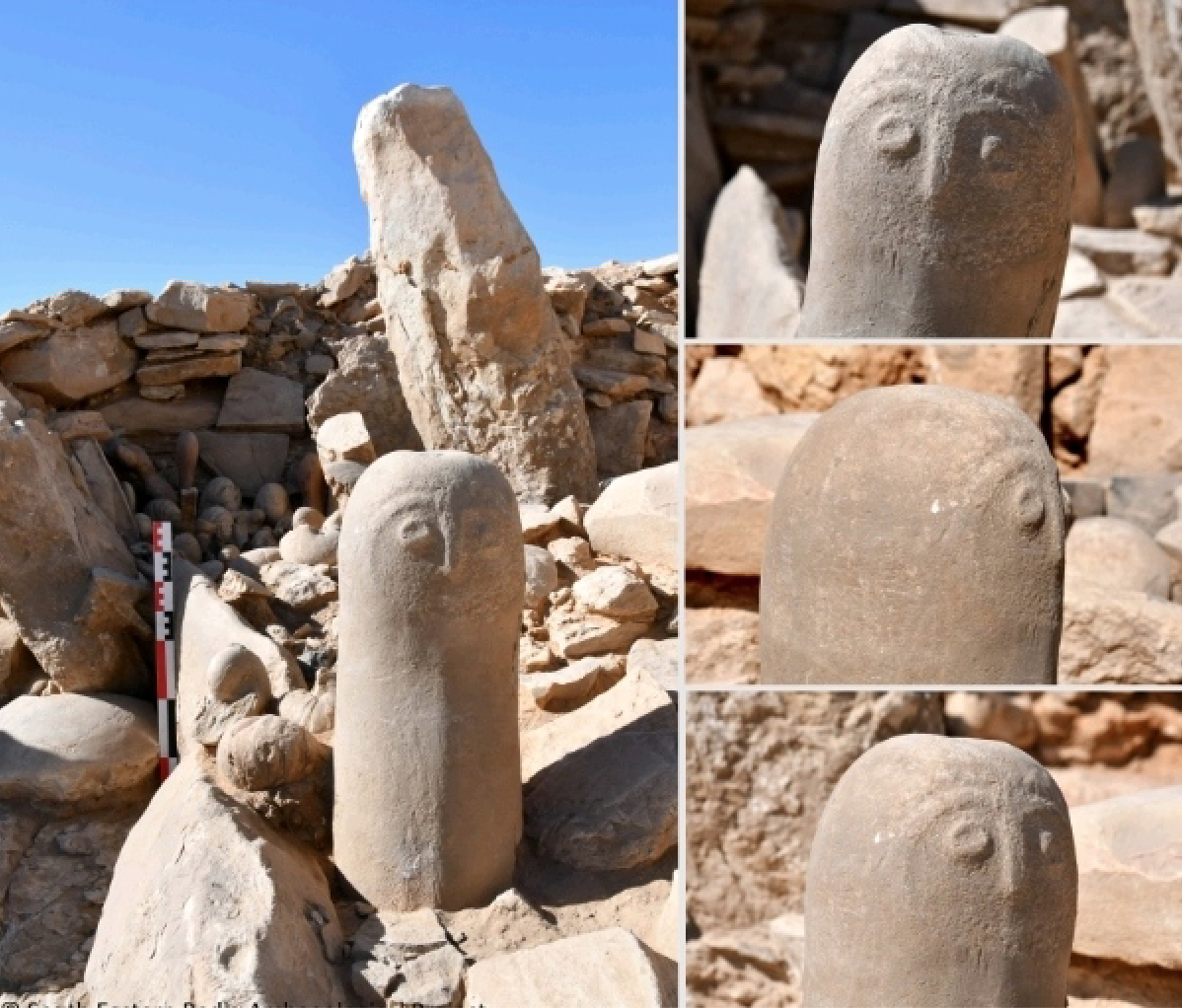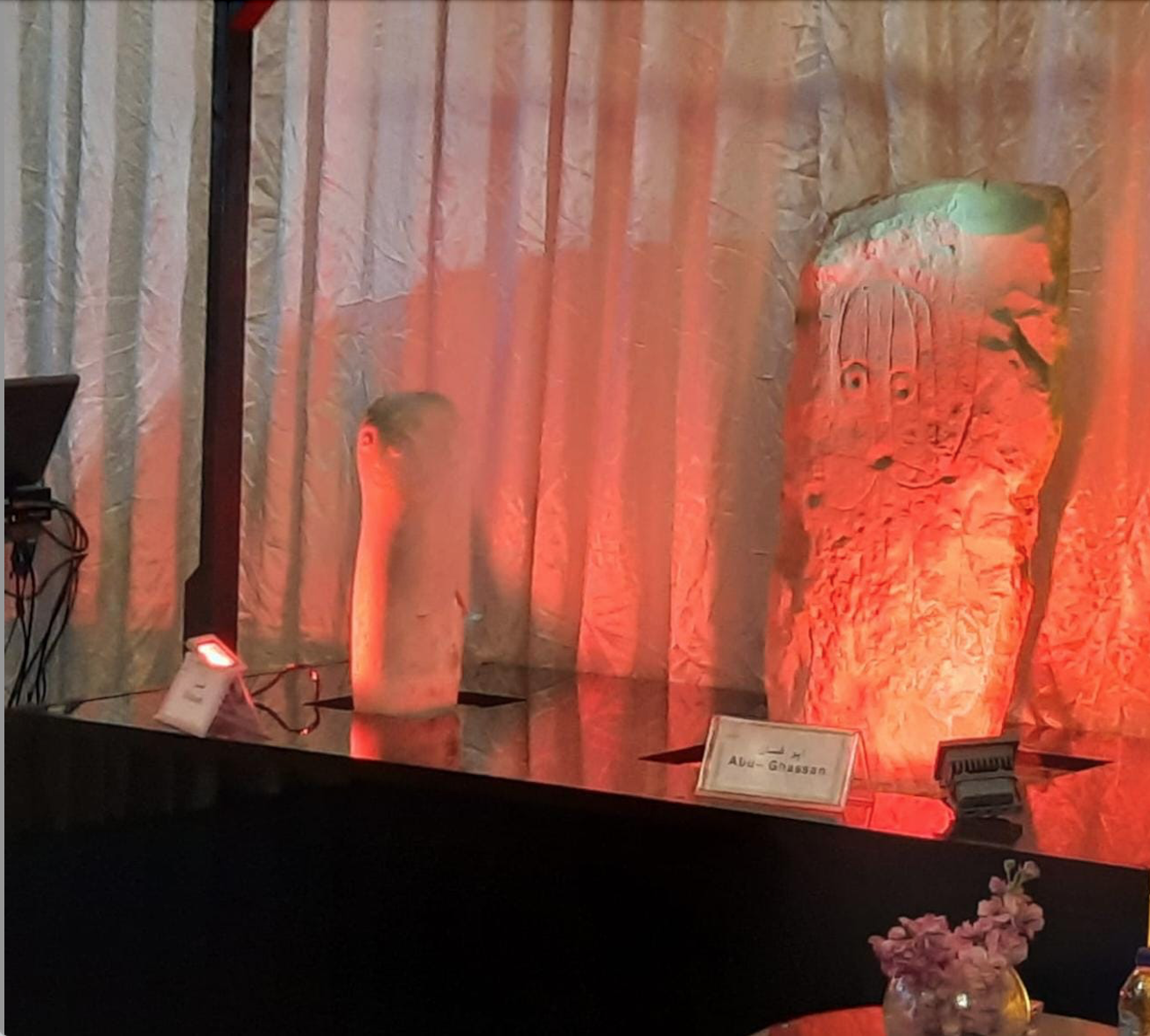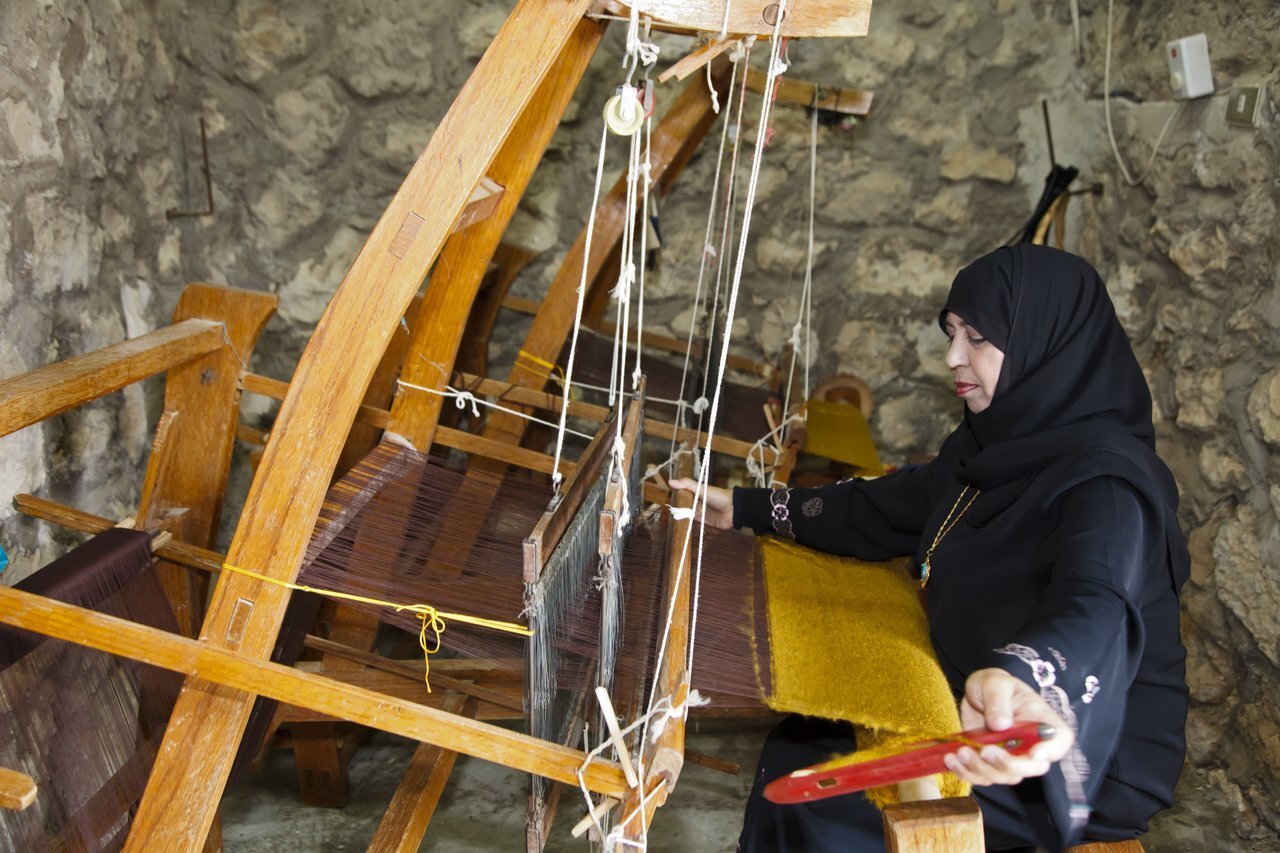Jordan is filled with ancient remains and historic artifacts that have been identified hundreds of years ago and more recently, a 9,000-year-old shrine was discovered in the kingdom.

A group of French and Jordanian archaeologists found the shrine at a Neolithic site in Jordan’s southeastern desert known as “Badia,” and near structures referred to as “desert kites.” These structures are believed to have been used for mass hunting gazelles during prehistoric times and are found in different deserts across the Middle East. They are made up of two or more long stone walls converging towards an enclosure.
“The site is unique, first because of its preservation state,” said Jordanian archaeologist Dr. Wael Abu Azizeh, co-director of the project. “It’s 9,000 years old and everything was almost intact.”
This discovery is the result of extensive research that was conducted by the South Eastern Badia Archaeological Project (SEBAP), a joint French and Jordanian scientific program that is co-directed by Dr. Abu Azizeh and Prof. Mohammad B. Tarawneh. Leading up to this finding, in 2013, SEBAP recognized the first presence of “desert kites.”
The extensive research that has been conducted and the researchers’ findings have helped them better understand the developments of humanity in this specific region of the world and the impressive mass hunting techniques that humans used in the past.

The researchers said in a statement that the shrine “sheds an entire new light on the symbolism, artistic expression as well as spiritual culture of these hitherto unknown Neolithic populations.”











